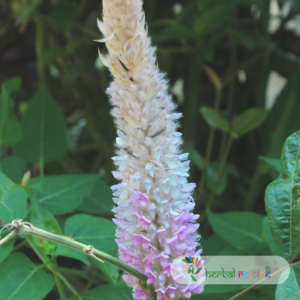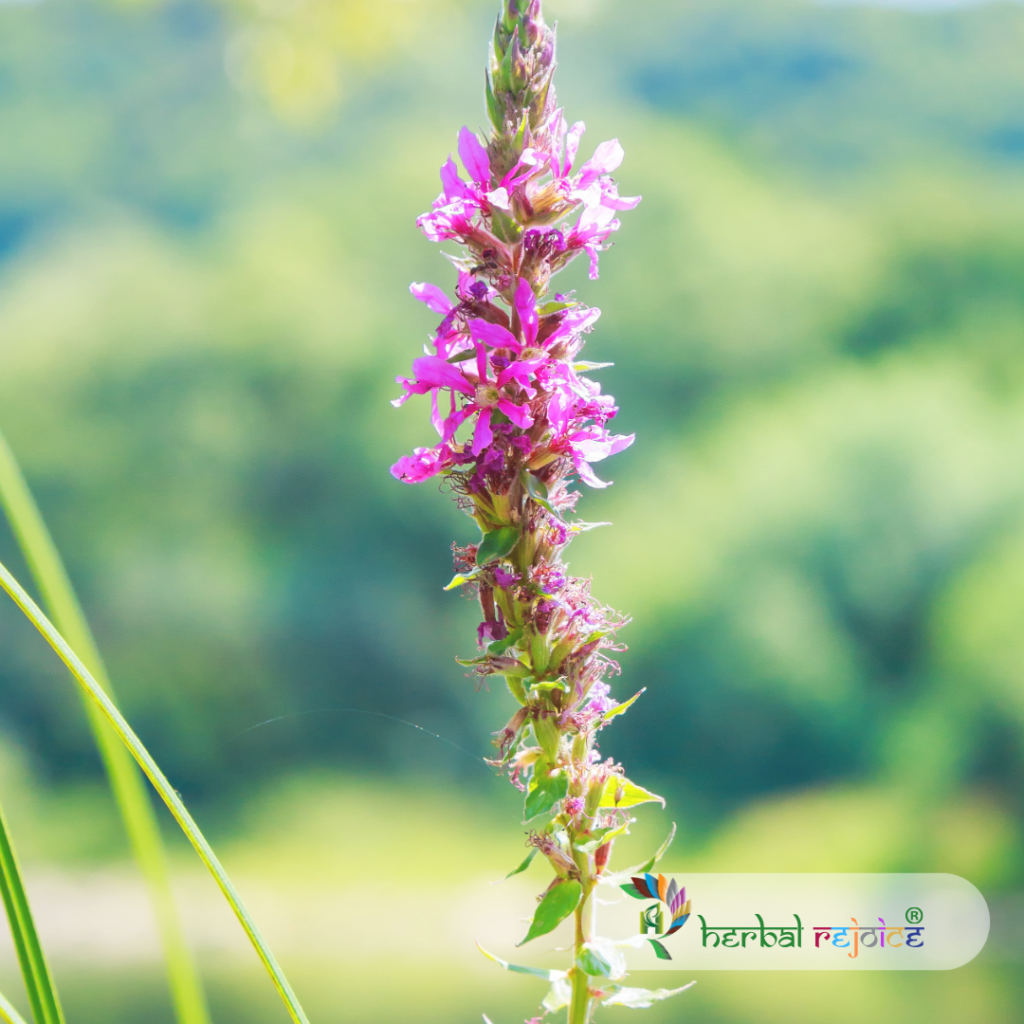Introduction
Uraria crinita Desv., commonly known as Prishniparni, is a plant species found in the Himalayas and the Khasi, Aka, and Lushai hills. It belongs to the Papilionaceae family, also known as the Fabaceae family.
Health Benefits
In Ayurveda, Prishniparni is widely used for its medicinal properties. It is traditionally prescribed for treating dysentery, diarrhea, and conditions like enlarged spleen and liver. Additionally, it is utilized for the treatment of pustules, tumors, and fistulas.
Prishniparni has been found to be effective in alleviating symptoms of dysentery and diarrhea. Its antimicrobial properties help combat the underlying causes of these conditions, providing relief to patients. The plant extract, when administered in appropriate doses, can also help reduce the swelling of the spleen and liver, aiding in their proper functioning.

Furthermore, Prishniparni has shown promise in the treatment of various skin conditions such as pustules, tumors, and fistulas. Its medicinal properties help in reducing inflammation and promoting healing. It can be used topically or orally, depending on the specific condition being treated.
The availability of Prishniparni throughout the Himalayas, up to an altitude of 2,700 meters, makes it easily accessible to people in these regions. Its traditional use in the Khasi, Aka, and Lushai hills further highlights its effectiveness and reliability as a natural remedy.
Conclusion
In conclusion, Prishniparni (Uraria crinita Desv.) is a valuable medicinal plant with a range of therapeutic applications. Its use in traditional medicine for treating dysentery, diarrhea, enlarged spleen and liver, as well as skin conditions like pustules, tumors, and fistulas, showcases its versatility and effectiveness. Incorporating Prishniparni into modern healthcare practices can lead to the development of new treatment options for these ailments.


